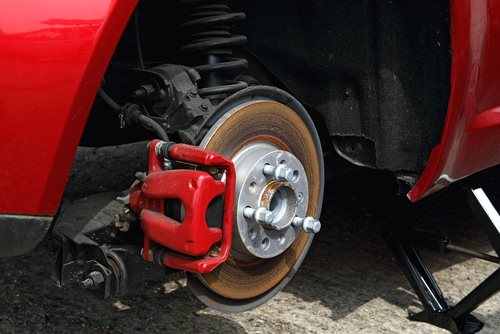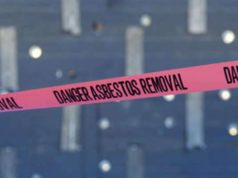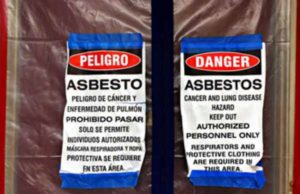
Although knowledge is common about asbestos in structures and the potential health hazards of having this material exposed and friable, little is made about the presence of asbestos in brake pads. As asbestos is an excellent insulator that is heat resistant, the versatile chrysotile asbestos, which accounts for 95% of all asbestos in the United States, was manufactured into brake linings in automobiles and other vehicles. While these worked, they also posed a major health hazard to those that repair and maintain these breaks, as well as the workers that assemble them.
How prevalent are asbestos brake pads?
Asbestos brake pads are no longer manufactured and used on modern cars. They are however present in many older cars. The Occupation Safety and Health Administration has issued safety guidelines that involve maintenance workers and mechanics that repair cars to be aware of potentially encountering dust from these asbestos brakes.
What is the proper way to work on asbestos brakes?
The OHSA recommends that the trained professional utilize a HEPA filter when working on any car that may have asbestos brakes. Since asbestos fibers are tiny and not visible to the human eye, a HEPA filter is the only way to be sure as much particles as possible are taken out of the environment. Working on the asbestos brakes will almost certainly release some of these particles, as well as asbestos dust, all of which are hazardous. Even residue left from the brakes may sicken other persons not in the proximity of the car.
When working on asbestos brakes, the area must be enclosed to prevent accidental release of asbestos fibers. This will work in concert with the HEPA filter to clear the air. It is also recommended to use compressed air to dislodge any particles from the brake assembly or other surfaces and have it sucked into the filter. Additional regulations mandate that the enclosure by transparent and clearly lit, to be prevent accidents and releases from occurring. A powerful, specialized vacuum is also need to trap asbestos dust and residue. This is in addition to the HEPA filter.
How do I remove asbestos breaks?
You should not attempt to service the brakes yourself. This material is a serious health hazard as well as a known carcinogen that will cause asbestosis, lung cancer or mesothelioma. Mesothelioma is by far the deadliest, with only a two year life expectancy once it develops. Only a certified and trained automotive repair technician, with the tools needed to service asbestos breaks, should service asbestos brakes.
The technician may use a wet method, which is also typical of asbestos abatement in structures. This method involves spraying the brake assembly with a low pressure stream of water, ensuring that runoff is collected. Wetting the assembly is important to ensuring that the asbestos particles are not released into the air when they are serviced.
Sometimes the best solution might be to get a new car. Asbestos breaks have been long phased out of car manufacturing and you will likely find a more efficient car that will not need regular service on its hazardous brakes. Bear in mind that asbestos brake pads may have been used as late at the early 90’s. Most mechanics will be aware of this and will practice diligence when servicing potentially hazardous brake systems.
It is also important to note that asbestos is not illegal in the US, but rather heavily regulated. As such, aftermarket and non-standard brakes run the risk of having dangerous asbestos brake pads in their assembly. Strict regulations on mechanics ensure that over an eight hour period, there must be no more than 0.1 fibers per cubic centimeter inside the garage, at any time.





























